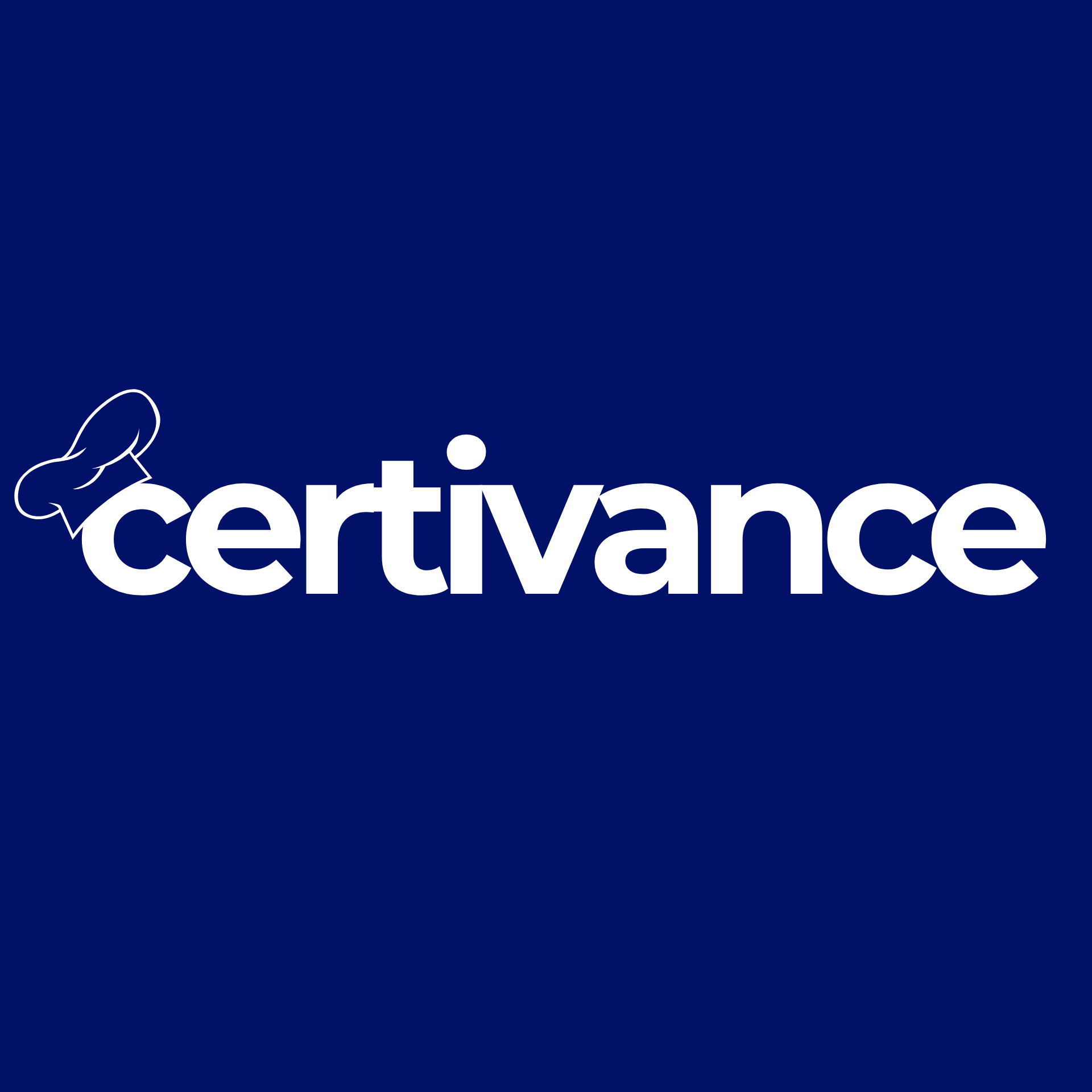Egg allergy is among the most common food allergies in children, though it can persist into adulthood. It involves an IgE-mediated immune response to proteins in hen's eggs—particularly in the egg white—and can cause anything from mild symptoms to life-threatening anaphylaxis.
In the foodservice industry, where egg is both a common and often hidden ingredient, diligent allergen safety practices are critical to guest safety.
Understanding Egg Allergy
Most allergic reactions are triggered by proteins in the egg white, although yolk can also pose a risk due to cross-contamination.
Major Egg Allergens:
- Ovalbumin – most abundant and heat-sensitive
- Ovomucoid – highly heat-stable, often causes reactions even after baking
- Ovotransferrin
- Globulin
- Ovovitellin
- Albumin
Egg yolks can't be reliably separated from whites—even “just yolk” is unsafe for those with egg allergy.
Baked Egg Tolerance
Up to 70–80% of egg-allergic individuals may tolerate baked egg (e.g., in muffins or cookies baked at ≥350°F for ≥30 minutes). This is because heat can denature some proteins like ovalbumin.
However, ovomucoid is heat-resistant, meaning some may still react. Never test this on your own—only a board-certified allergist can safely determine tolerance through a supervised baked egg oral food challenge (OFC).
Common Egg Proteins to Avoid
- Ovalbumin
- Ovomucoid
- Ovotransferrin
- Albumin
- Globulin
- Ovovitellin
The Risk of Cross-Contact
Even trace amounts of egg can trigger reactions.
High-Risk Cross-Contact Examples:
- Using the same whisk for pancake batter and vegan batter
- Grilling bread on the same surface as French toast
- Reusing a pastry brush after applying egg wash
Prevention Tips:
- Use separate, sanitized equipment and prep spaces
- Wash hands and surfaces with soap and water (not just sanitizer)
- Never “remove” egg from a dish—prepare a new, allergen-safe alternative
Labeling & Hidden Sources
Under the Food Allergen Labeling and Consumer Protection Act (FALCPA), egg must be clearly labeled when present as an ingredient. But be cautious—voluntary warnings like “may contain” are not required and don't guarantee safety.
Egg May Be Hidden In:
| Product | Details |
|---|---|
| Baked goods | Muffins, cakes, cookies |
| Breads with glaze | Shiny crust may contain egg wash |
| Creamy sauces & dressings | Often contain mayo or emulsifiers from egg |
| Desserts | Custards, puddings, mousse, meringue |
| Pasta | Egg noodles, fresh ravioli |
| Marshmallows & nougat | May contain egg whites |
| Surimi (imitation crab) | Egg is sometimes used as a binder |
| Specialty coffees | Foams and sauces may include egg-derived emulsifiers |
Always read labels carefully and when in doubt, call the manufacturer.
Dining Out: Best Practices for Foodservice Teams
Dining out is risky for egg-allergic individuals due to the ubiquity of eggs and the invisibility of cross-contact.
Foodservice Protocols:
- Proactively ask about allergies when taking orders
- Ensure all staff can identify egg-containing items
- Use dedicated cookware and utensils for allergen-free prep
- Maintain clear communication between kitchen and front-of-house
- When uncertain, do not serve the item
Emergency Preparedness
Egg allergy reactions can be rapid and severe.
Best Practices:
- Egg-allergic guests should carry two epinephrine auto-injectors
- If epinephrine is used, call 911 immediately
- Monitor for 4–6 hours for biphasic reactions (symptoms that return after initial treatment)
🥗 Nutrition Without Egg
Eggs are a major source of protein and fat, but safe alternatives exist. Nutrition planning is essential—especially for children.
Egg-Free Protein Sources:
- Legumes (beans, lentils)*
- Meat and poultry
- Fish and shellfish*
- Soy products*
- Whole grains and quinoa*
Healthy Fat Substitutes:
- Avocados
- Plant oils (olive, sunflower, canola)
- Nuts and seeds*
- Dairy (if tolerated)*
*Note: Many of these are top allergens. Consult an allergist or dietitian before introducing new foods.
Egg Allergy in Unexpected Places
Egg-derived ingredients can appear in non-food items, increasing risk through contact exposure.
Hidden Egg Sources:
- Egg-based glazes on pastries or candies
- Some egg substitute products (not always egg-free!)
- Chewing gum additives
- Shampoos, conditioners, and cosmetics containing egg protein
- Vaccines (see below)
Vaccines & Egg Allergy
Modern guidance has changed regarding egg-allergic individuals:
| Vaccine | Guidance |
|---|---|
| MMR | Safe for egg-allergic individuals |
| Flu (Injectable) | Generally safe; allergist supervision for past anaphylaxis |
| Yellow Fever | May require specialist supervision |
| Allergy Testing | No longer required before vaccination |
Practical Tips for Foodservice
- Avoid all egg forms unless cleared by a medical professional
- Carry two epinephrine auto-injectors
- Always thoroughly wash surfaces and equipment
- Don’t rely on voluntary labeling—verify ingredients
- When in doubt, contact the manufacturer
Certivance: Your Partner in Allergen Safety
At Certivance, we help foodservice professionals serve with safety and confidence by providing:
Expert-led allergen awareness training
Best practices for ingredient sourcing and cross-contact control
Compliance tools for FDA and local food safety regulations
Understanding egg allergies and enforcing proactive safety measures can mean the difference between a safe, enjoyable meal and a serious medical emergency.
Stay prepared. Stay informed. Serve with care.
👉 Learn more at Certivance.com
Back of House Allergy Check Sheet - PDF









